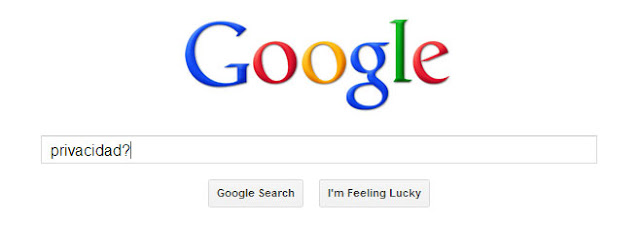Hoy voy a dedicar un artículo a un nuevo servicio del gigante tecnológico: Google Satellite. Esta novedad, que
podría estar disponible próximamente, otorgará a todo el mundo unas posibilidades que hasta ahora estaban sólo al alcance de los gobiernos de las principales potencias mundiales.
La estrategia comercial de continuar ampliando la gama de servicios ofrecidos toma forma esta vez con esta innovadora apuesta. Al parecer, Google habría llegado a acuerdos económicos con determinadas empresas de ingeniería que gestionan una serie de
satélites geoestacionarios a lo largo y ancho del globo.

Gracias a los avances en
modulaciones de alta eficiencia y nuevos modelos de compresión específicos para vídeo, estos modernos satélites serán capaces de
transmitir en directo grabaciones de la superficie terrestre hasta las sedes de la compañía.
Google Satellite permitirá a todo el mundo acceder a dicha retransmisión, en tiempo real,
totalmente gratis. En esencia es como el viejo Google Maps o Street View, salvo porque ahora se basa en vídeo en directo.
Desgraciadamente, aún no se han dado detalles técnicos, aunque pueden intuirse ciertas limitaciones como que su aprovechamiento requerirá un cielo despejado. Según lo previsto, las cámaras únicamente estarían apuntando a los principales núcleos urbanos del mundo, aunque
todavía no se han especificado ciudades concretas.
Es conocido que esta práctica ya se habría realizado por parte de los gobiernos de las principales potencias, pero de forma
confidencial y únicamente motivada por garantizar la seguridad de sus ciudadanos. Sin embargo, Google pondrá esta tecnología a disposición de todos los usuarios como un servicio más, accesible desde cualquier lugar.
Es inmediato adelantar las consecuencias positivas y negativas que una herramienta como Google Satellite traerá consigo, consecuencias que la compañía habrá estudiado cuidadosamente. Por un lado, aumentará la seguridad en las calles y las grabaciones serán
nuevas pruebas en todo tipo de procesos judiciales. El número de aplicaciones derivadas que podrían surgir es inimaginable, como por ejemplo el poder determinar el número exacto de personas en una manifestación.
La empresa se habrá preparado concienzudamente contra la oleada de quejas y demandas que tendrá que enfrentar acerca de la
privacidad de las personas. Teniendo en cuenta los incómodos episodios que se produjeron con Street View, la polémica estará servida. Este avance implicaría el mayor nivel de control y monitorización de las vidas de las personas jamás alcanzado,
incluyendo a aquellas que no quieran utilizar los servicios de Google. Podría representar la mayor herramienta de fomento de la
era de la vigilancia que vivimos actualmente.
En cualquier caso, Google Satellite no dejaría indiferente a nadie, si existiera.
Afortunadamente, hoy en día no existe ni se está desarrollando Google Satellite ni ningún servicio similar público que yo sepa. Sin embargo, la controversia que generaría sí es real y sí se da ahora mismo. Google Satellite podría ser lanzado en 5 años, pero eso apenas aumentaría el nivel de control al que estaríamos sometidos. Ya estamos controlados.
Si crees que es posible que esto ocurra,
comparte el artículo y prepárate para afrontarlo.
Un saludo
Google Satellite es un potencial servicio totalmente cultivado en mi imaginación y cuyo objetivo es ilustrar una situación posible. Habrá que esperar unos años y comprobar si el devenir de los hechos nos lleva por ese camino. Teniendo en cuenta que la mayoría de satélites están bajo control de empresas privadas, no parece un futuro improbable.
Quiero hacer constar que no tengo nada en contra de Google más allá del debate sobre la privacidad y uso de datos personales, que afecta a todas las empresas del sector así como a agencias gubernamentales.
Actualización 2 de sept de 2013: Parece que ya hay una herramienta así en manos del gobierno estadounidense. Pongo un enlace a un breve vídeo en inglés que presenta el proyecto.
http://www.wimp.com/planeresolution/
 Motivation refers to the process by which a person's efforts are energized, directed and sustained toward attaining a goal (from Fundamentals of Management). Motivation has a lot to do with the opportunities you see in your daily life. However, you don't need to have a specific goal to be a good opportunity taker.
Motivation refers to the process by which a person's efforts are energized, directed and sustained toward attaining a goal (from Fundamentals of Management). Motivation has a lot to do with the opportunities you see in your daily life. However, you don't need to have a specific goal to be a good opportunity taker.





